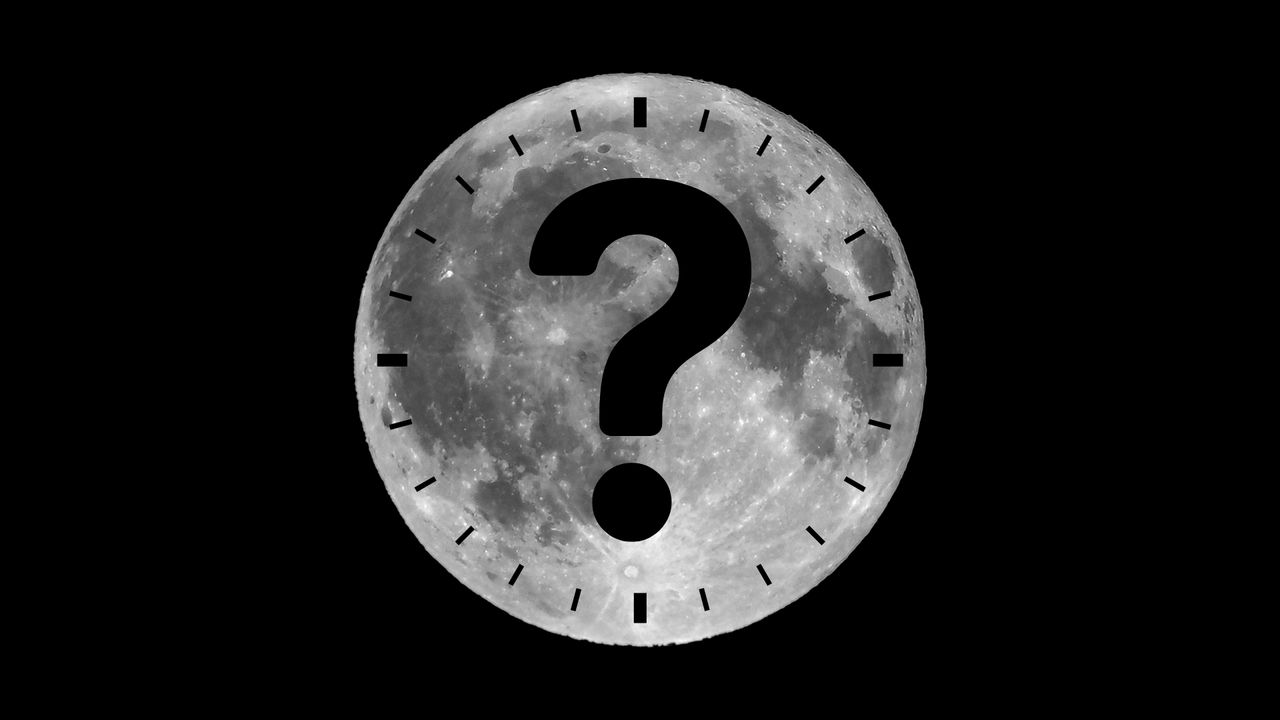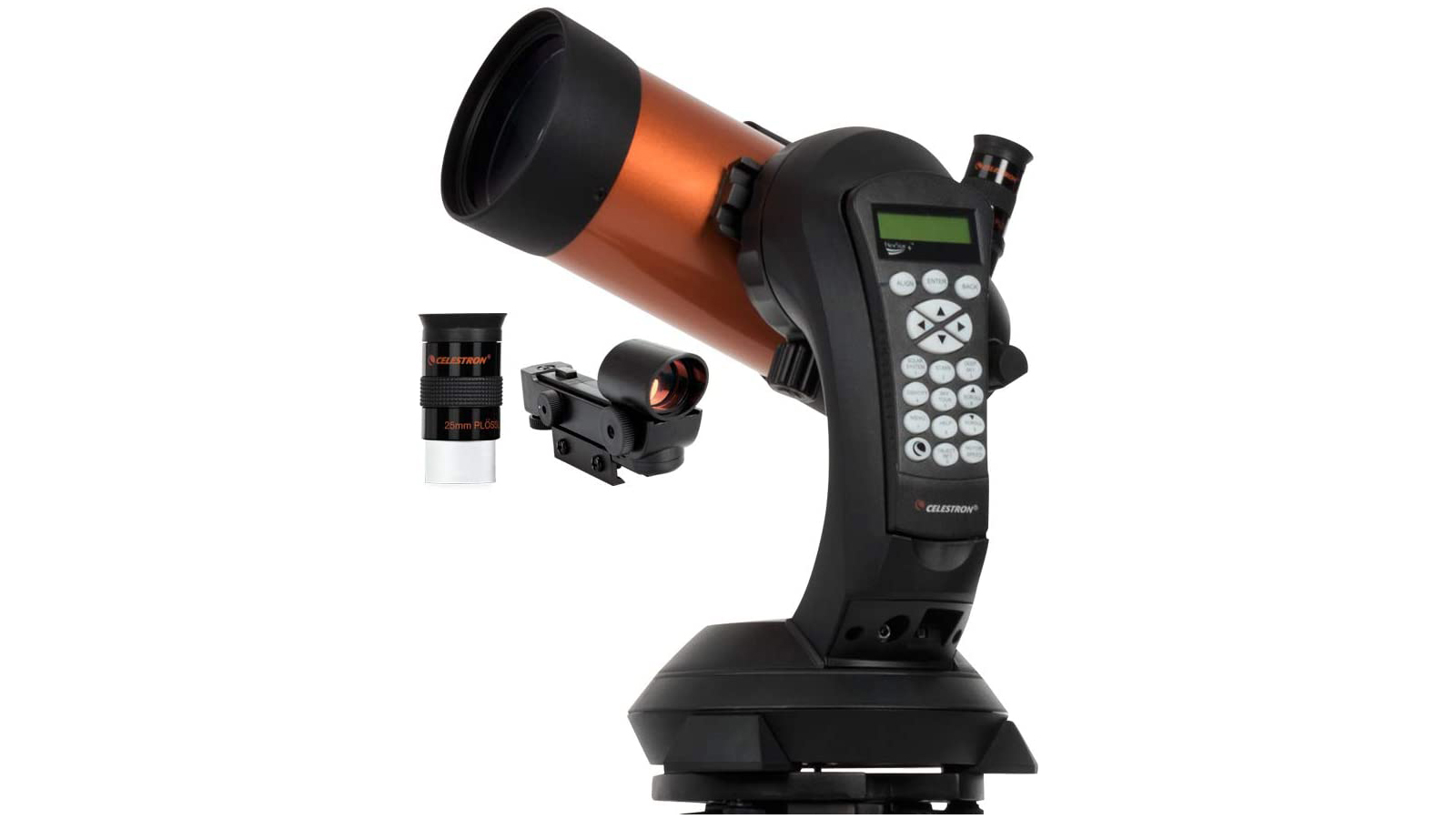
The August full moon, also known as the Sturgeon Moon, will rise on Aug. 9, offering an impressive lunar display for skywatchers worldwide.
The Sturgeon Moon will officially reach full phase at 3:54 a.m. EDT (0754 GMT), but that exact moment won't be visible everywhere. The best time to see it depends on your local moonrise, when the moon first appears above the horizon in your area.
In New York City, for example, the full moon peaks at 3:54 a.m. EDT on Aug. 9, just before sunrise. That means it will be visible in the early morning hours of Aug. 9, setting around 6:04 a.m. Later that day, the moon rises again at 8:30 p.m., and while it's technically just past full, it will still look completely round to the naked eye. That evening's moonrise, when the moon appears big and golden near the horizon, is the best time to enjoy the view.
Here are the local moonrise times for select cities for the full moon on Aug. 9, according to Time and Date.
New York, U.S. |
8:30 p.m. |
San Francisco, U.S. |
8:42 p.m. |
London, U.K. |
8:57 p.m. |
Rome, Italy |
8:40 p.m. |
Cairo, Egypt |
8:02 p.m. |
Sydney, Australia |
5:11 p.m. |
Can't watch on Aug. 9? No problem. The moon will still appear full to the casual observer a night or two before and after its peak.
Best time to see the full moon
The best time to look for the full moon is an hour or two after it rises, as it can appear particularly big and impressive at this time. This is thanks to the moon illusion, a visual trick that makes the moon look much bigger when it's close to the horizon compared to when it's high in the sky.

Looking for a telescope to get a better look at the moon? The Celestron NexStar 4SE is ideal for beginners.
In reality, the moon's size doesn't change at all. The illusion comes from how our brains interpret visual cues, especially when comparing the moon to nearby objects like trees or buildings. When the moon is high in the sky, there's nothing next to it to provide a sense of scale, so it appears smaller than when it's low on the horizon and framed by familiar landmarks.
To get the best view of the full moon, try to head to a location with minimal light pollution and a clear view of the horizon. And don't forget to check your local weather forecast, as clouds can spoil the show.
Editor's Note: If you capture an amazing full moon photo and want to share it with Space.com for a story, please send images and comments to spacephotos@space.com.







